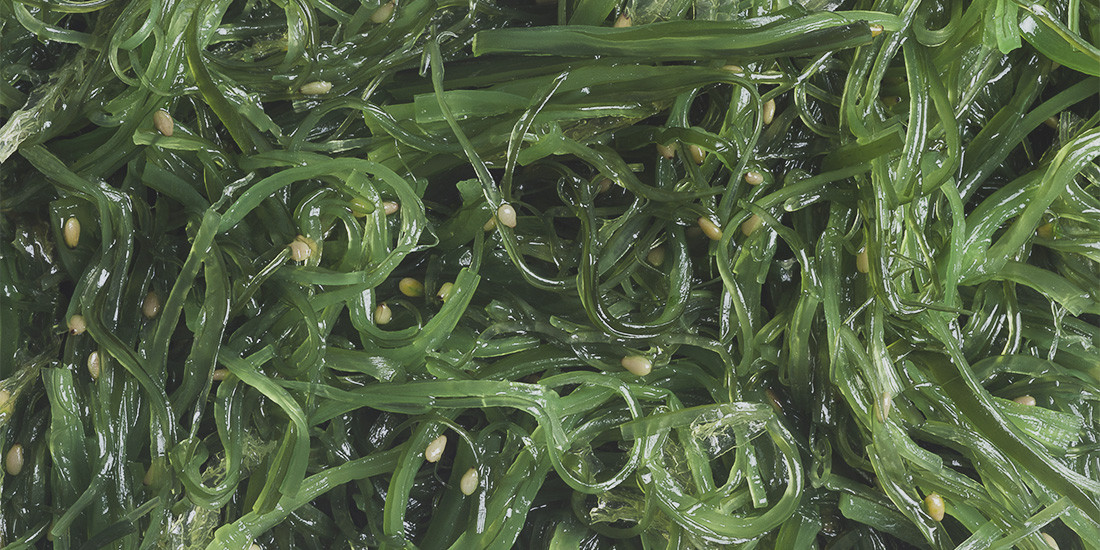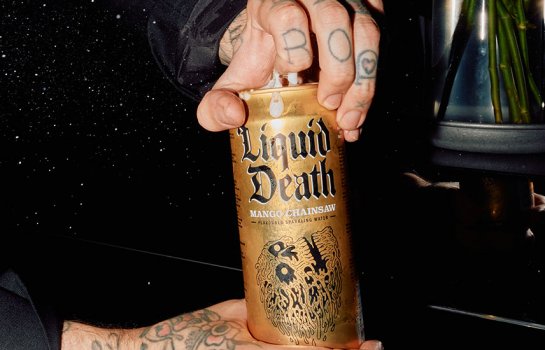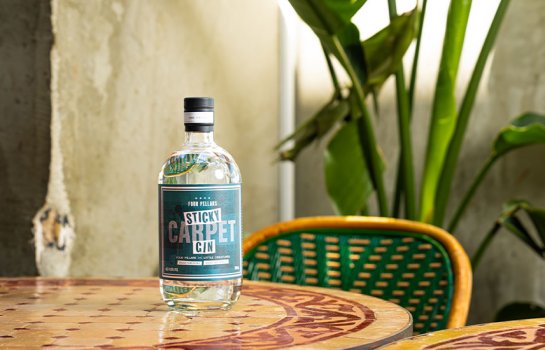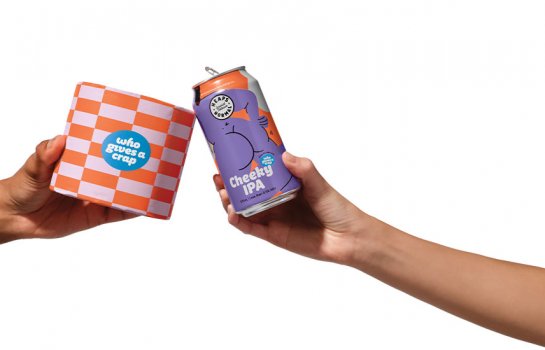

The Grocer: Edible Algae
The idea of eating algae might seem odd at first, but perhaps you’re already happily noshing away on one of the many species without realising.
On a rooftop in Bangkok, dozens of barrels of a curious green liquid bubble away in the sunshine – the rooftop farm is part of an agricultural operation contributing to urban farming. This intriguing green substance is the edible algae, spirulina – a blue-green plant that is brimming with vitamins and minerals, and is high in protein. This is just one of many species of edible macroalgae, which also includes many forms of seaweed and chlorella.
In countries like China, Japan, Korea, Iceland and Ireland, seaweed is a staple foodstuff of a daily diet, but it’s taken a little longer to get westerners eating this sea-derived plant. The various forms of algae commonly contain natural antioxidants, complete proteins, high levels of fiber and fatty omega-3 acids, and are plentiful in vitamins and minerals like iodine, calcium, potassium, magnesium and iron. Amongst the seaweed specimens, wakame is subtly sweet and traditionally served in miso soups and tofu salads, or simply as a side dish to cucumber, while nori (sheets of dried red algae) typically envelops your sushi rolls and tops ramen bowls. Strands of sea grapes are cultivated in ponds in the Philippines, while kombu is plucked from the ocean in Japan and dried to later enhance broths and soups as a stock base.
You may have come across spirulina and chlorella in their nutritional supplement forms, whether tablet-based or as a powder. The blue-green algae spirulina has a long history in East Africa and Mexico and can be added to smoothies and pastas. Chlorella on the other hand is also known as algae flour or algal flour – a misnomer given its mushy and moist texture. This squishy substance can be used as an alternative to flour to make all manner of cookies, breads, pastas and cakes, as well as functioning as a substitute for milk, eggs, oil and butter.
To add a little seaweed to your daily nourishment, try making this seaweed salad or green algae salad for lunch, these peanut kelp noodles come dinnertime, or snack on these green bliss bites or raw hemp algae bars when your appetite pipes up in between.
The Stumble Guide is our comprehensive Brisbane dining guide with more than 2400 places to eat, drink, shop and play.



